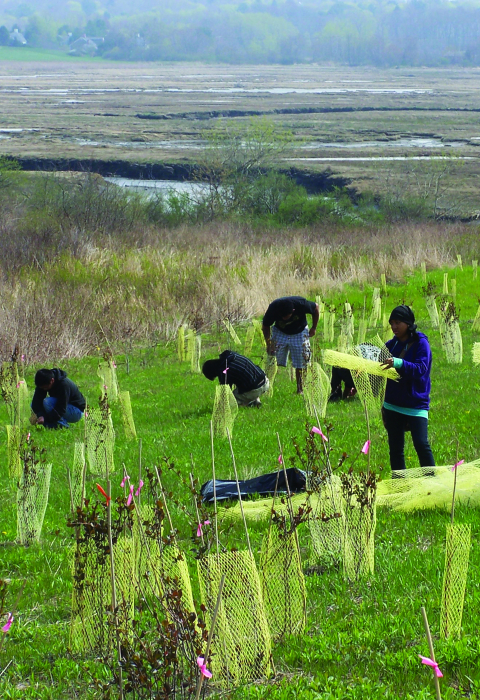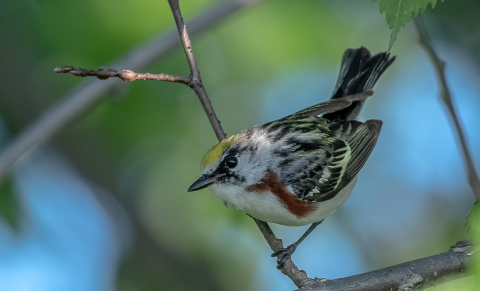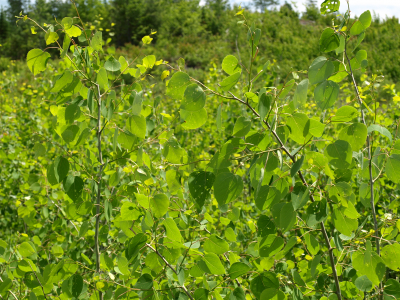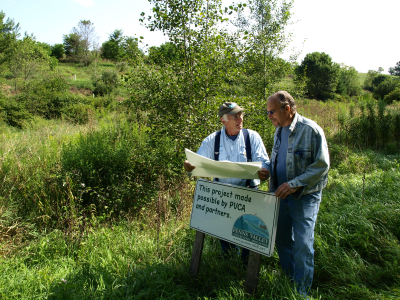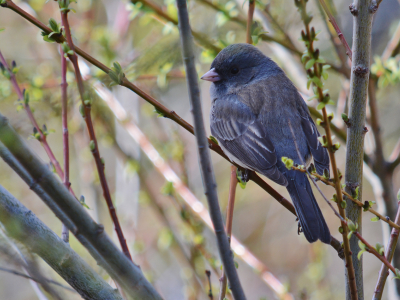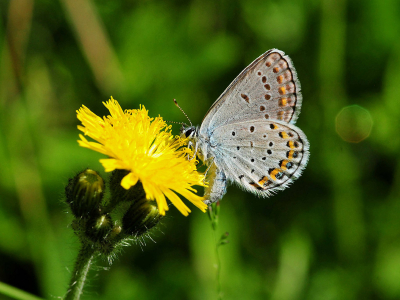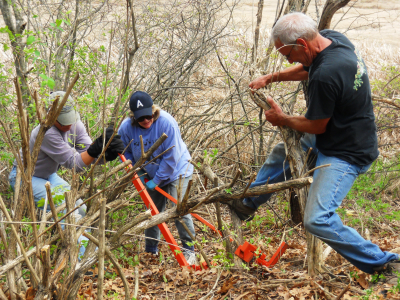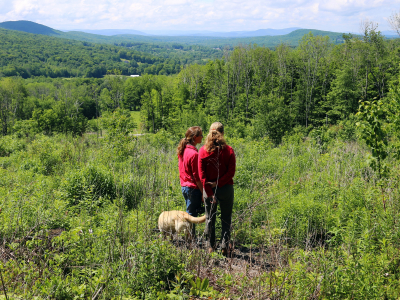A Brand New Refuge
Over the last 50 years, many shrublands and young forests in the Northeast have grown older and become middle-aged woods. With the loss of younger and thicker habitats, the populations of more than 60 young-forest-dependent mammals, songbirds, reptiles, and other wildlife have fallen alarmingly.
A broad coalition of conservation partners are creating and rejuvenating shrublands and young forest. They’ve made significant progress, but more permanently protected and managed land is needed to safeguard wildlife populations and return balance and a diversity of forest age classes to the region’s woodlands.
Thickly Welcoming
In 2016 the U.S. Fish and Wildlife Service created the Great Thicket National Wildlife Refuge in 10 separate areas in Maine, New Hampshire, Massachusetts, Connecticut, Rhode Island, and New York.
The beleaguered New England cottontail is found in those areas, as are American woodcock, ruffed grouse, golden-winged warblers, monarch butterflies, and many other animals that need young forest and shrubland to survive.
Rather than protecting land in a single location, the Service plans to acquire up to 15,000 acres in separate sites, working with local land protection partners to identify and purchase parcels where young forest and shrubland can be created and refreshed through science-based habitat management. The nearest fixed-location National Wildlife Refuge will be responsible for managing the land.
As well as helping wild animals, Great Thicket will benefit people by providing increased opportunities to view wildlife – both rare and common – and enjoy the natural world.
FAQs about Great Thicket.
First Properties
In 2017, federal, state, and local officials gathered in Dover, New York, to mark the Service’s first land acquisition for the refuge: 144-acre Nellie Hill Preserve, donated by The Nature Conservancy.
Other parcels have been added to the refuge in York County, Maine (75 acres, to be managed by Rachel Carson NWR) and North Stonington, Connecticut (180 acres).
Willing and Interested Landowners
In building the new refuge, the Service works only with willing and interested landowners to acquire land through conservation easements or fee-title acquisition. No one has been or will be forced to sell land for the refuge.
For more information, contact Julia Firl, Realty Specialist, U.S. Fish and Wildlife Service, 300 Westgate Center Dr., Hadley MA 01035, julia_firl@fws.gov, 413-345-8224.

